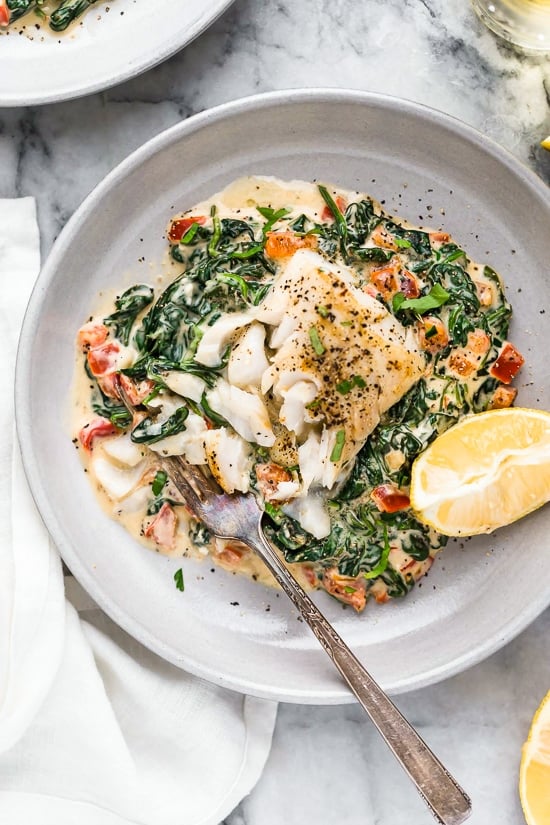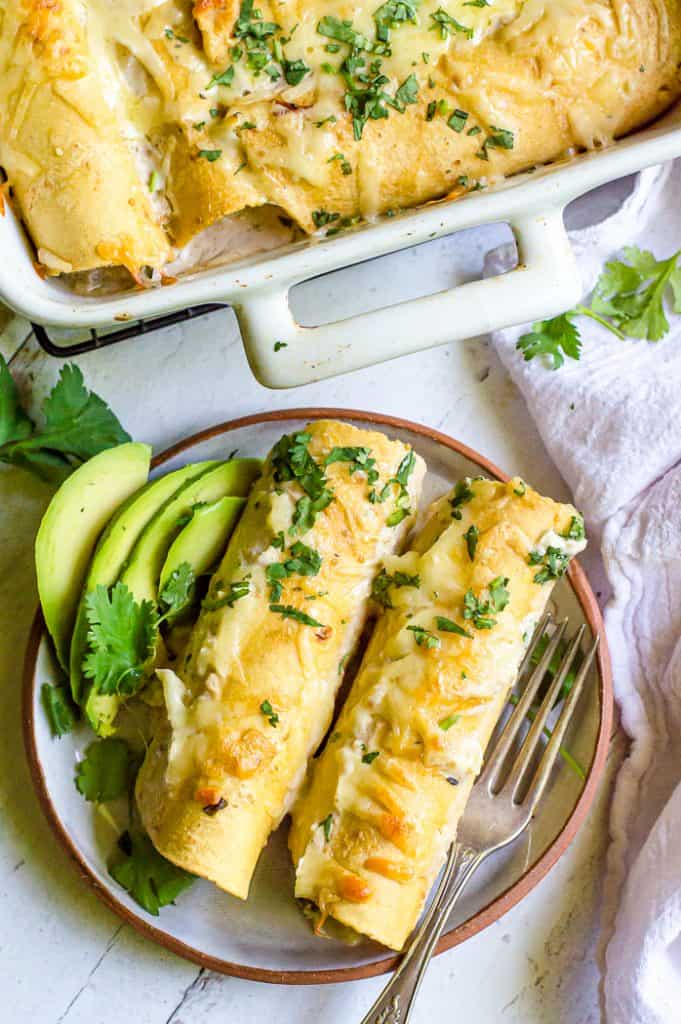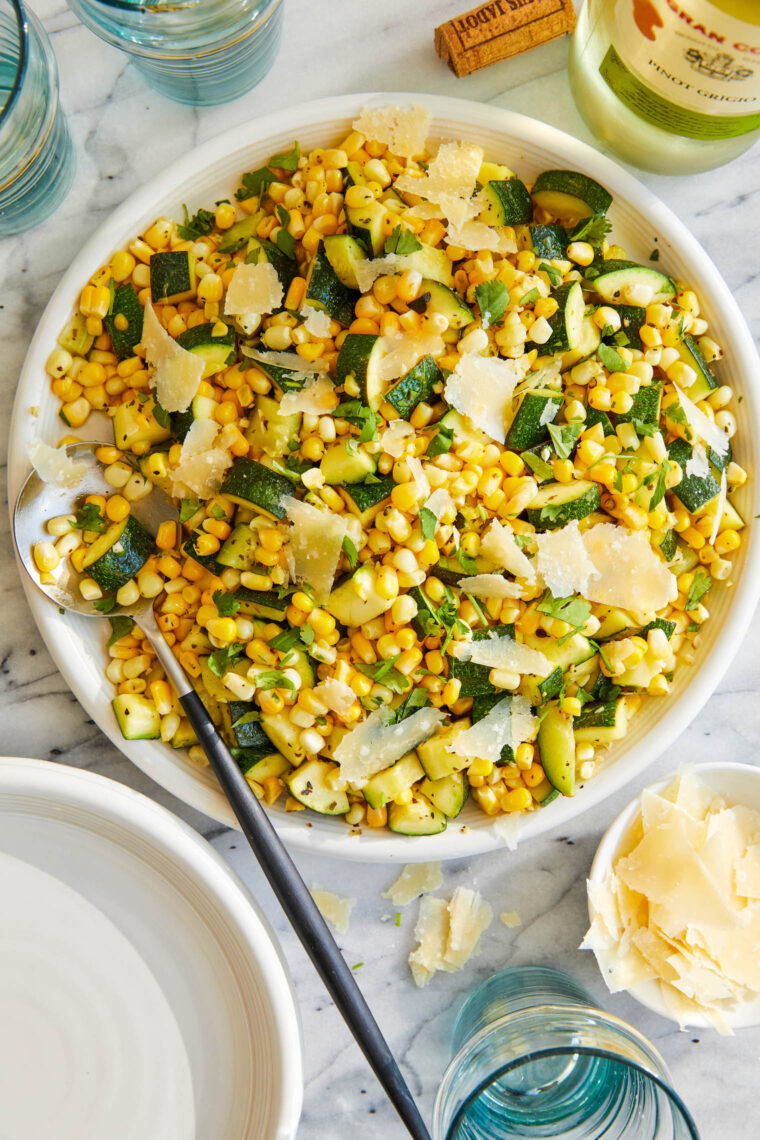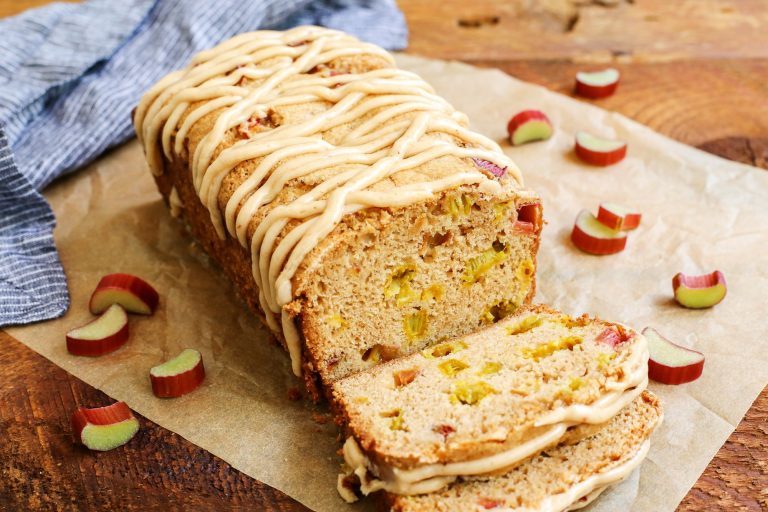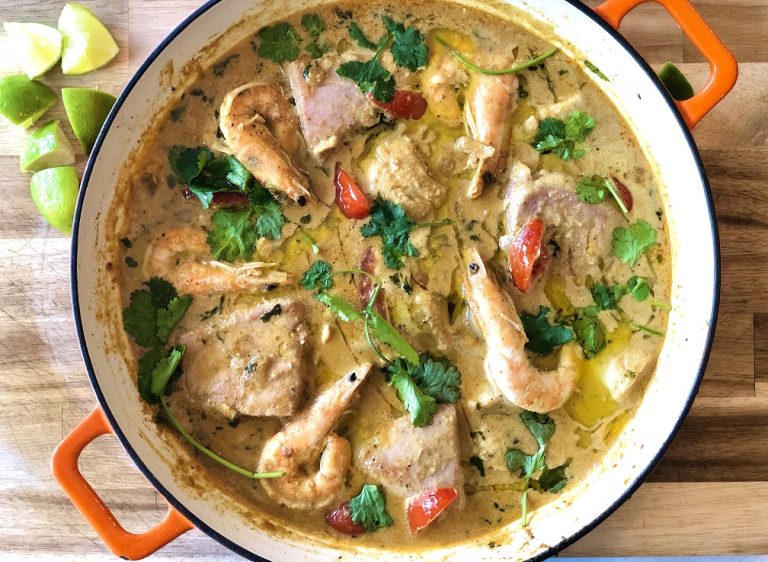Baked Haddock Recipes: Perfect Pairings and Serving Ideas
Seafood consumption has grown significantly in recent years. According to the Food and Agriculture Organization (FAO), average annual fish consumption per capita increased from 9.9 kg in the 1960s to over 20 kg by 2020. Various factors drive this trend, including health benefits, environmental considerations, and culinary versatility. More people are opting for seafood due to its rich omega-3 fatty acids, lean protein content, and lower saturated fat compared to red meat. Furthermore, sustainable fishing practices have improved, making seafood a more environmentally friendly choice.
Haddock’s Place in Seafood Dishes
Haddock stands out in the seafood market for several reasons. It’s a popular choice in many regions, especially in New England where it’s a staple in dishes like baked haddock and fish chowder. This white fish has a mild flavor and flaky texture, making it versatile for different cooking methods such as baking, frying, and grilling. Nutritionally, haddock is a powerhouse, offering high levels of protein, vitamin B12, and selenium. These attributes make it a preferred ingredient for health-conscious individuals and culinary experts alike.
Key Ingredients for Baking Haddock
Choosing the Right Haddock Fillets
Selecting fresh haddock fillets ensures the best flavor and texture for your dish. Look for fillets that are moist, translucent, and have a mild, ocean-like scent. Avoid fillets with a strong fishy odor, as this indicates they are not fresh. If fresh haddock isn’t available, choose high-quality frozen fillets, which are often flash-frozen to retain their freshness. Thaw frozen fillets in the refrigerator overnight to maintain their quality.
Essential Spices and Herbs
Spices and herbs elevate the flavor of baked haddock, enhancing its natural taste. Commonly used spices include:
- Paprika for a mild, sweet pepper flavor and vibrant color.
- Garlic Powder for a robust, savory taste that complements the fish.
- Onion Powder to add a subtle depth of flavor.
Select herbs like:
- Parsley for a fresh, bright note.
- Dill for its slightly tangy, earthy flavor.
- Thyme for its warm, peppery taste.
Combine these ingredients to create a balanced and flavorful baked haddock dish that is both healthy and delicious.
Step-by-Step Guide to Preparing Baked Haddock
Preparing Your Ingredients
Choose fresh haddock fillets for the best flavor and texture. Rinse the fillets under cold water, then pat dry with paper towels to remove excess moisture. Season both sides with salt, pepper, paprika, garlic powder, and onion powder to enhance the natural taste. Chop fresh herbs like parsley, dill, and thyme, and set them aside to use later. Prepare lemon slices to add a zesty flavor during baking. Ensure all ingredients are ready before you start baking to streamline the cooking process.
Baking Techniques for Perfect Texture
Preheat your oven to 375°F (190°C) to ensure even cooking. Place the seasoned haddock fillets on a parchment-lined baking sheet to prevent sticking. Arrange lemon slices on top of each fillet for added flavor. Bake for 20 minutes, checking for an internal temperature of 145°F (63°C) to ensure the fish is cooked through. The fillets should flake easily with a fork and appear opaque. Garnish with the chopped herbs just before serving to add a fresh, aromatic touch. Consider broiling for the last 2 minutes if you prefer a crispy finish.
Nutritional Benefits of Baked Haddock
Health Benefits of Haddock
Baked haddock provides significant health advantages due to its nutrient density. A 3.5-ounce serving of haddock contains approximately 90 calories and is an excellent source of lean protein with around 20 grams. This high-protein content helps support muscle repair and growth.
Haddock is rich in essential vitamins and minerals. It provides significant amounts of B vitamins, including B12 and niacin, which are crucial for energy metabolism and maintaining a healthy nervous system. Additionally, haddock is a good source of selenium, an antioxidant that helps protect cells from damage and supports thyroid function.
Omega-3 fatty acids, present in haddock, play a vital role in heart health by reducing inflammation and lowering the risk of chronic diseases. Consuming omega-3s from haddock supports cognitive function and may help improve mental health.
Integrating Haddock into a Balanced Diet
Integrating baked haddock into your diet contributes to a diverse and balanced nutritional intake. Haddock’s mild flavor and flaky texture make it versatile for various culinary applications. You can easily incorporate it into different meals without overpowering other flavors.
Pairing haddock with vegetables and whole grains creates a nutritious meal. Consider serving baked haddock with roasted Brussels sprouts, quinoa, or a mixed greens salad. These combinations provide essential vitamins, fiber, and additional protein for a well-rounded diet.
Consuming baked haddock at least twice a week can help you meet dietary guidelines for seafood intake recommended by health organizations like the American Heart Association. This intake supports heart health and offers a beneficial alternative to higher-fat protein sources.
By regularly including baked haddock in your meals, you enhance nutritional diversity and enjoy numerous health benefits, making it a valuable addition to a balanced diet.
Serving and Pairing Ideas
Side Dishes That Complement Baked Haddock
Baked haddock pairs beautifully with various side dishes, enhancing its mild flavor and flaky texture. Serve with roasted vegetables such as asparagus, carrots, and Brussels sprouts to add a colorful and nutritious element to your meal. Consider adding a side of garlic mashed potatoes for a comforting touch. Brown rice or quinoa offers a wholesome grain option that complements the health benefits of haddock, providing a complete, balanced meal. Another great choice is a simple mixed green salad with a light vinaigrette, adding freshness and a touch of acidity to balance the rich flavors.
Wine Pairings for Baked Haddock
Select a wine that enhances the delicate flavors of baked haddock. A crisp, unoaked Chardonnay offers a refreshing complement, bringing out the subtle nuances of the fish. Sauvignon Blanc, with its citrusy notes, pairs well by adding a bright, zesty contrast. If you prefer a lighter option, opt for a Pinot Grigio, which provides a clean, crisp taste that doesn’t overpower the haddock’s flavor. Sparkling wine, like a dry Prosecco, can also make an excellent pairing, adding an effervescent touch to your meal.
Conclusion
Baked haddock is an excellent choice for a nutritious and versatile dinner. Its high protein content and essential nutrients make it a valuable addition to your diet. Pair it with vegetables and whole grains for a balanced meal that supports heart health and cognitive function. Side dishes like roasted vegetables and garlic mashed potatoes complement its delicate flavors, while wines like Chardonnay or Sauvignon Blanc elevate your dining experience. Incorporating baked haddock into your meal plans ensures you’re enjoying a delicious and healthful option.
